Intro
Discover the 7 smoking withdrawal symptoms, including nicotine cravings, anxiety, and depression. Learn about quitting smoking side effects, withdrawal timeline, and coping strategies to overcome addiction and manage symptoms.
Quitting smoking is a significant step towards a healthier lifestyle, but it often comes with a set of challenges. One of the most daunting aspects of quitting smoking is dealing with the withdrawal symptoms that follow. These symptoms can range from mild to severe and vary from person to person. Understanding these symptoms is crucial for preparing oneself for the journey ahead and seeking the right support.
The process of nicotine withdrawal is complex and affects both the body and the mind. Nicotine, the primary psychoactive substance in tobacco, influences various neurotransmitter systems in the brain, including dopamine, which is associated with pleasure and reward. When nicotine use stops, the brain takes time to adjust, leading to withdrawal symptoms. These symptoms can start as early as 20 minutes after the last cigarette and can peak within the first few days of quitting.
The struggle to overcome smoking addiction is not just about willpower; it's about understanding the physiological and psychological aspects of nicotine dependence. By acknowledging the potential withdrawal symptoms, individuals can better equip themselves with strategies to manage these symptoms and increase their chances of quitting successfully. The journey to a smoke-free life is not easy, but with the right mindset, support, and knowledge, it is achievable.
Introduction to Smoking Withdrawal Symptoms
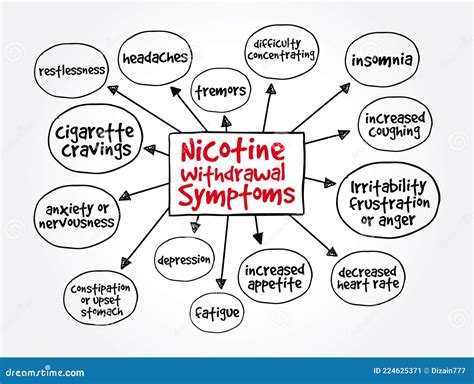
Common Symptoms of Nicotine Withdrawal
Some of the most frequently experienced symptoms of nicotine withdrawal include: - Irritability and mood swings - Anxiety and depression - Insomnia - Restlessness and agitation - Increased appetite and weight gain - Difficulty concentrating - Cravings for nicotineUnderstanding the Timeline of Withdrawal Symptoms

Managing Withdrawal Symptoms Effectively
Managing withdrawal symptoms is crucial for a successful quit journey. Strategies include: - Staying hydrated - Engaging in physical activity - Practicing relaxation techniques like meditation and deep breathing - Using nicotine replacement therapy (NRT) or prescription medications under a doctor's guidance - Joining support groups or talking to a counselorNicotine Replacement Therapy and Prescription Medications
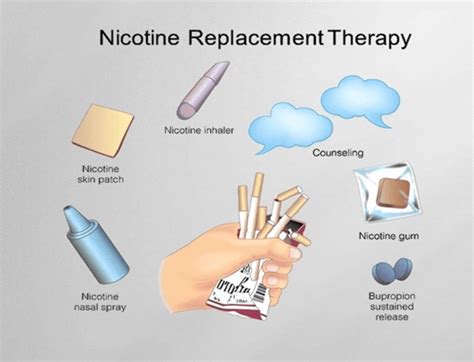
Benefits and Risks of NRT and Prescription Medications
While NRT and prescription medications can be highly effective, it's essential to understand their benefits and potential risks. Benefits include a significant reduction in withdrawal symptoms and increased chances of quitting successfully. However, potential risks and side effects must be considered, such as skin irritation from patches, jaw pain from gum, and more severe side effects like depression and suicidal thoughts associated with certain prescription medications. It's crucial to consult a healthcare provider before starting any quit smoking program.Coping Mechanisms and Support Systems
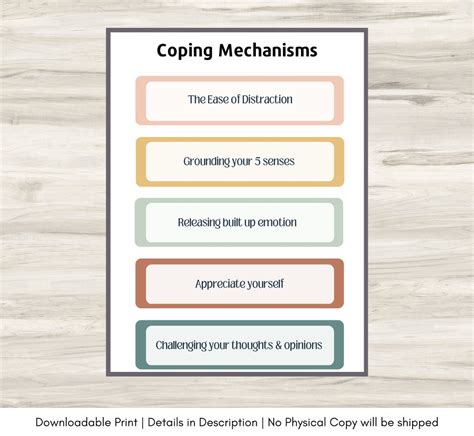
Building a Support Network
Building a support network involves: - Informing friends and family about the decision to quit and asking for their support - Joining a quit smoking support group - Talking to a counselor or therapist - Using online resources and forumsOvercoming Challenges and Staying Smoke-Free
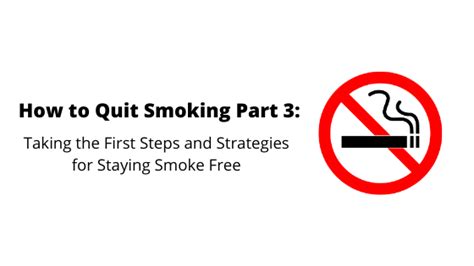
Long-Term Health Benefits of Quitting Smoking
The long-term health benefits of quitting smoking are numerous and significant. They include: - Reduced risk of heart disease, stroke, and lung disease - Lower risk of various types of cancer - Improved lung function and breathing - Healthier skin, hair, and teeth - Increased energy levelsMaintaining Motivation and Preventing Relapse
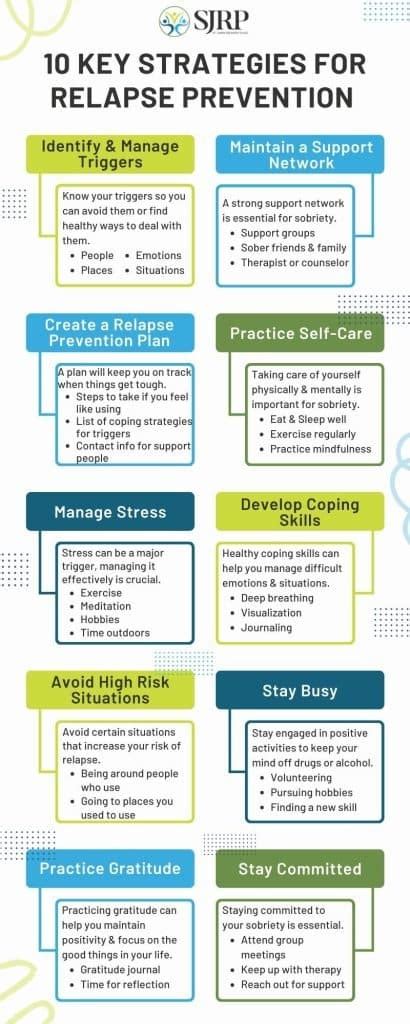
Strategies for Long-Term Success
Strategies for long-term success include: - Staying positive and focused on the benefits of quitting - Avoiding situations that may trigger cravings - Continuing to use NRT or prescription medications as advised - Engaging in regular physical activity - Practicing stress-reducing techniquesWhat are the most common symptoms of nicotine withdrawal?
+The most common symptoms include irritability, anxiety, difficulty concentrating, and an intense craving for nicotine.
How long do nicotine withdrawal symptoms last?
+Withdrawal symptoms can start within 20 minutes after the last cigarette and can last for several weeks, with the most intense symptoms typically occurring within the first few days.
What are some effective strategies for managing withdrawal symptoms?
+Effective strategies include using nicotine replacement therapy, engaging in physical activity, practicing relaxation techniques, and seeking support from friends, family, or professional counselors.
In conclusion, the journey to a smoke-free life is challenging but rewarding. By understanding the potential withdrawal symptoms, using effective strategies to manage them, and staying committed to the decision to quit, individuals can overcome the addiction to nicotine and live a healthier, smoke-free life. We invite readers to share their experiences, ask questions, and seek support in their quit journey, and to remember that every step towards a smoke-free life is a step towards a healthier and happier future.
